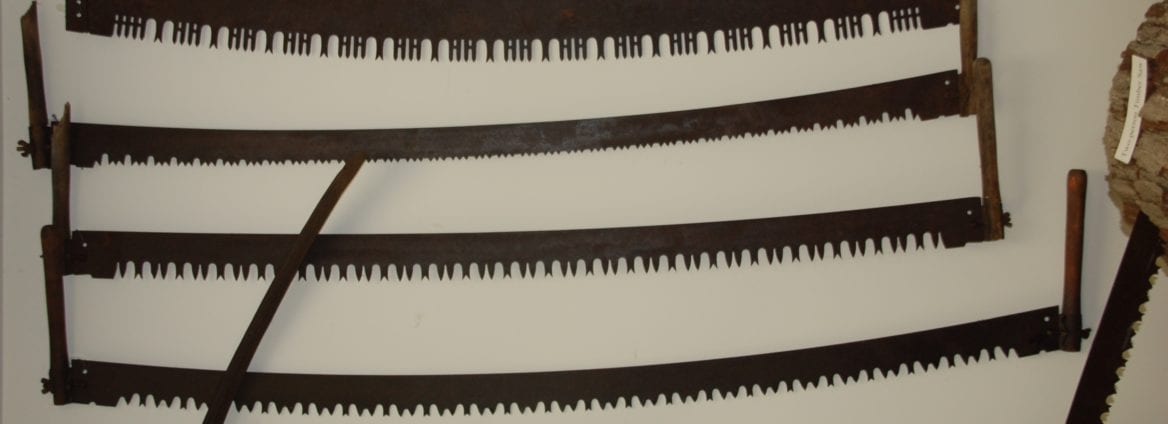Early African American Communities
In the late 1800s and early 1900s, freed men and women in Montgomery County established dozens of African American settlements. A symbol of hope and faith, the church was the first institution built in a new Black community, usually followed by a school and a charity hall. While few African American settlements remain intact today, many of our historic landmark churches still proudly stand as cornerstones of their communities.
African American men and women lived, worked, prayed, and died in Montgomery County long before the county was founded in 1776. Between 1790 and 1860, enslaved and free Blacks comprised about one third of the total population. Roughly one-third of county landowners held enslaved people, most with fewer than ten. In 1860, the enslaved comprised 30 percent of the county’s population, with free Blacks totaling eight percent. The largest settlement of free Blacks was Sandy Spring, where most Quakers freed their slaves and conveyed land to them for a church in 1822. After Maryland slaves were emancipated in 1864, they focused on self-sufficiency and community building, establishing over 40 settlements and enclaves throughout the county over the next 50 years.
During the century of entrenched segregation – the mid-1860s through the mid-1960s – education provided the first civil rights arena. After Maryland established a school system for black students in 1872, class was often held in the church until a schoolhouse could be built. These “colored” schools were in a constant state of disrepair and open for a shorter term than those for whites. In the following decade, responding to constant appeals from African Americans, the School Board consolidated smaller schools into larger ones, then repeated this with a building campaign in the early 1950s.
The peak construction period for African American churches was 1890 to 1930. Congregations replaced their original buildings with modest, one-room rural frame structures, usually with a front entrance in the gable end and often a bell tower.
In the late 1950s and early 1960s, another generation of leadership emerged from the churches, even though the African American population had dipped below five percent of the total county population. With passage and implementation of civil rights legislation such as school integration, fair housing, and public accommodations, barriers to black economic and social mobility began to erode.
Over the last 50 years, younger generations have settled outside of these traditional African American communities, homes were replaced or abandoned, and church membership has declined. Often, when smaller congregations merged, one property was rented to a newer group or abandoned. Sizeable congregations erected new, larger churches, some of brick and modernist in style. Lodge halls and segregated schools were repurposed or razed.
Today, we are fortunate that physical evidence of these early Black communities can be found in Montgomery County’s historic churches. Dedicated groups who document the past and preserve what remains of this history maintain connections with family, land, and community. Visit some of these historic sites on Heritage Days at the end of June every year.

